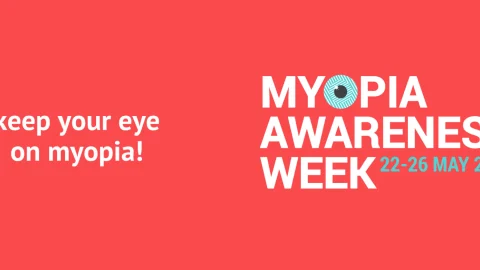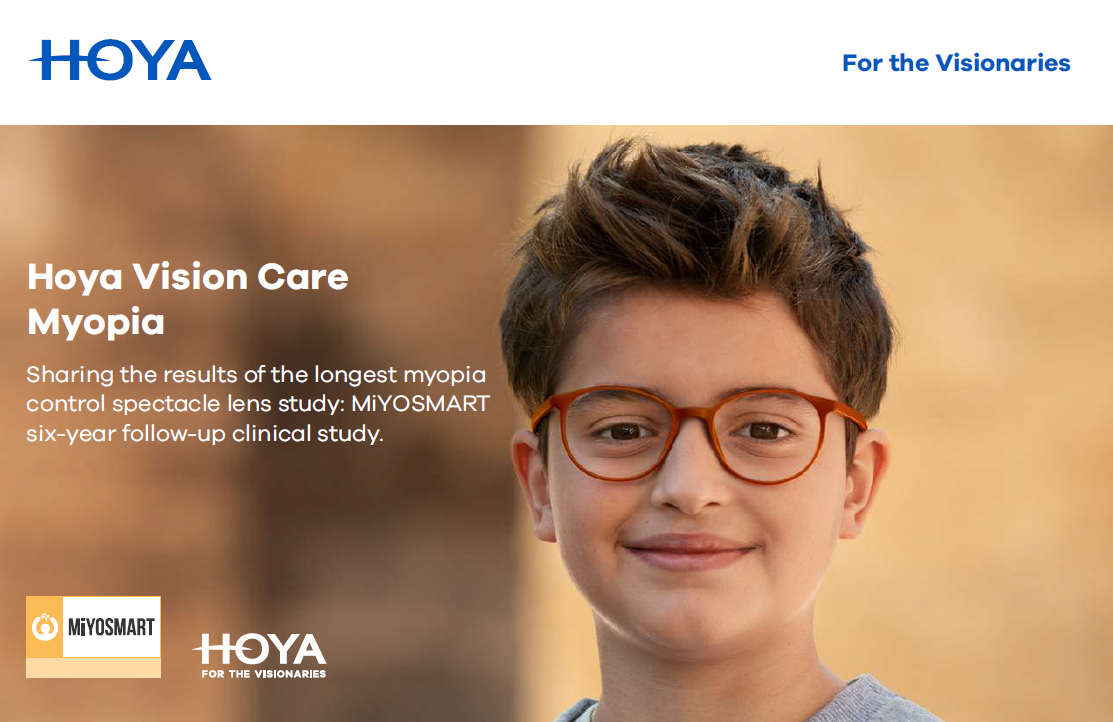
Lifestyle is a factor that should always be considered with every lens prescription. While lenses should tend to the wearer’s vision requirements, they should also match their lifestyle. When lenses don’t fit the bill on the lifestyle front, comfort, efficacy and the overall experience are compromised.
“Do you play sport? Do you spend a lot of time staring at a computer screen? Are you outdoors a lot? Do you work with machinery? Do you drive a lot? Do you drive at night? Or do you just need robust protection?
“These are the questions that you should ask yourself before you head off to see your optometrist about prescription lenses. Your optometrist will need to know about your lifestyle to ensure that your lenses not only meet your vision requirements but also fit who you are, what you do and where you go,” says Ruahan Naude, CEO at Dynamic Vision, adding that lifestyle coatings can be added to most prescriptions.
For people who drive a lot, polarized prescription lenses are a must-have. These stop glare from headlights, the sun and wet road surfaces. These will also filter out harmful ultraviolet radiation. In misty and foggy conditions, polarized lenses can also sharpen details and improve contrast. Reducing strain on the eyes and providing UV protection with polarized lenses makes driving more comfortable and safer.
Night time and before-dawn driving also present vision challenges. Aside from the darkness, which hinders visibility of objects, the improved visibility of modern xenon and LED headlights come with an increased light density and luminance. To a lot of people these headlights feel brighter and more blinding.
The ideal prescription lens for driving at night is a clear lens with an anti-reflective coating to reduce irritating glare and reflections from oncoming traffic, wet surfaces and other sources. Fixed tint glasses would have to be swapped for another set for night driving.
“For anyone who spends above average time driving at night, there are lens coatings that are specifically designed to help reduce glare and reflections which help to optimise visual clarity and comfort. These coatings can be applied to just about any SEIKO lens,” explains Naude.
Those who spend a lot of time outdoors, whether as part of their jobs or leisure pursuits, should include polarized coatings on their prescriptions lenses. Polarized lenses are usually available in grey, brown and green.
“Prescription sunglasses are available for almost any lens prescription. Lens manufacturers are continuously innovating production systems to produce lighter and thinner lenses with a range of coatings to address certain vision requirements and support different lifestyles. Lenses are also made to fit a range of frames, which allows you to customize your eyewear to suit your vision needs. Some lenses have been digitally optimized to ensure clarity of vision, even in a sporty wrap around frame. You can have multifocal lenses fitted into a wrap frame, with polarization and a mirror coating on the front surface for a trendy look,” says Naude.
He stresses that people who spend long hours in front of computers and other digital screens have special needs too. Yes, there are lenses and coatings for the digital generation, even if you don’t need prescription lenses.
“Continuous focusing and refocusing and exposure to LEDs and blue light when using computers and mobile devices can lead to eyestrain and eye fatigue. Strained and dry eyes, blurred vision, tiredness, headaches and neck and back pain are symptoms of spending too much time in front of a computer. Digital lenses help to provide clear, relaxed vision throughout the day and less eye fatigue at night. These are recommended for anyone who is suffering symptoms such as digital eye fatigue.”
According to Naude, indoor computer lenses have evolved considerably over the years and lens options are available to cater to different focal distances.
“Instead of wearing progressive lenses, which has three focal distances, namely near, intermediate and far, you can now keep a dedicated pair of indoor lenses on your desk. Indoor lenses have a clear reading area and a wide field of view in the intermediate area. You can discuss your working distance with your optometrist and they can prescribe a lens specifically for your needs. For example, if you spend most of your working day on your computer, your intermediate working area will be approximately 50cm to 1m away, so this area of the lens will be optimised accordingly.”
He concludes saying that “lifestyle” should always be considered in the assessment and purchase of prescription lenses to optimise vision and the overall experience of the wearer.
“If your prescription lenses don’t fit your lifestyle, you will not enjoy wearing them, they will not do the job that they are meant to do and you might stop bothering with them altogether.”









